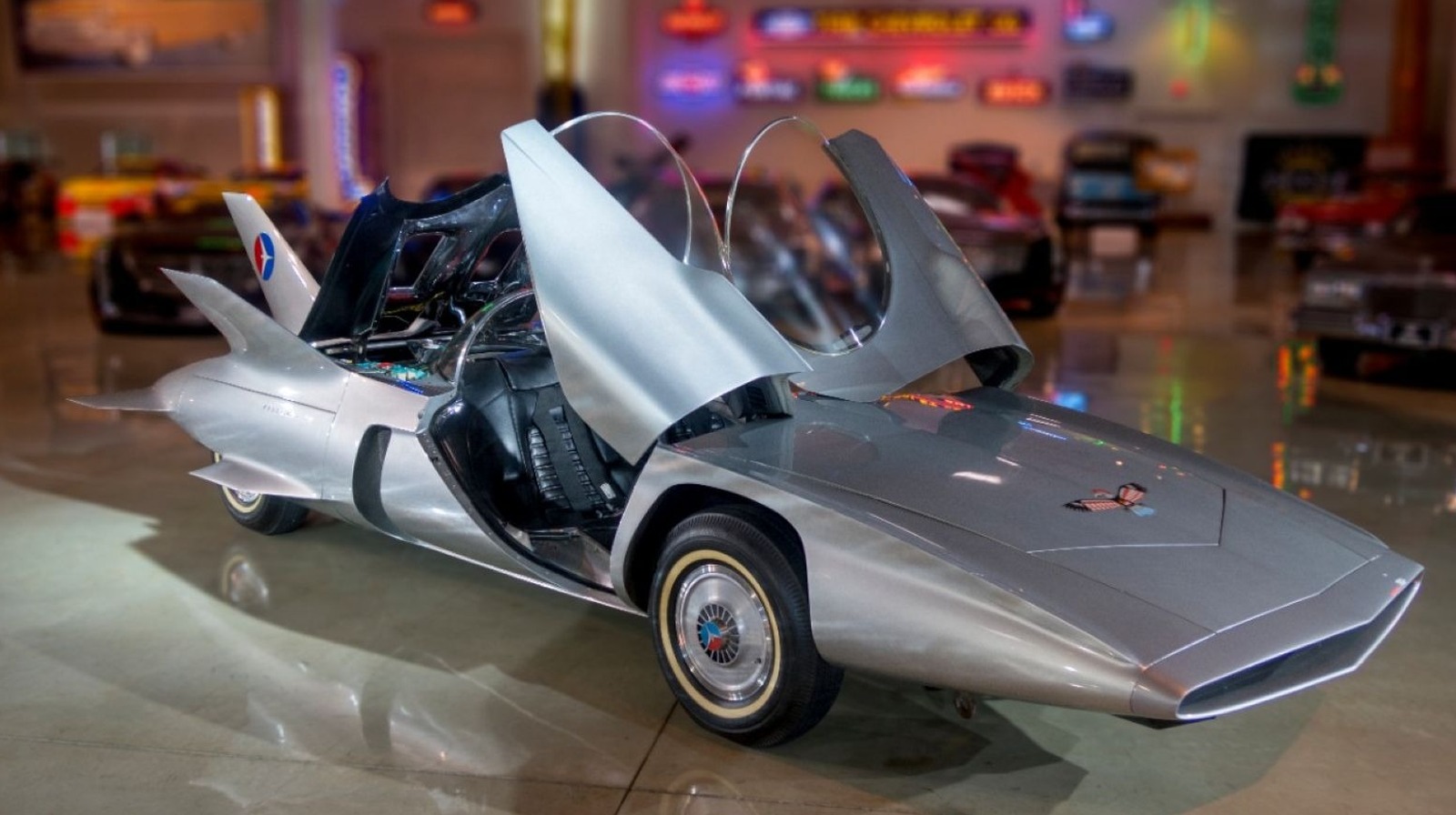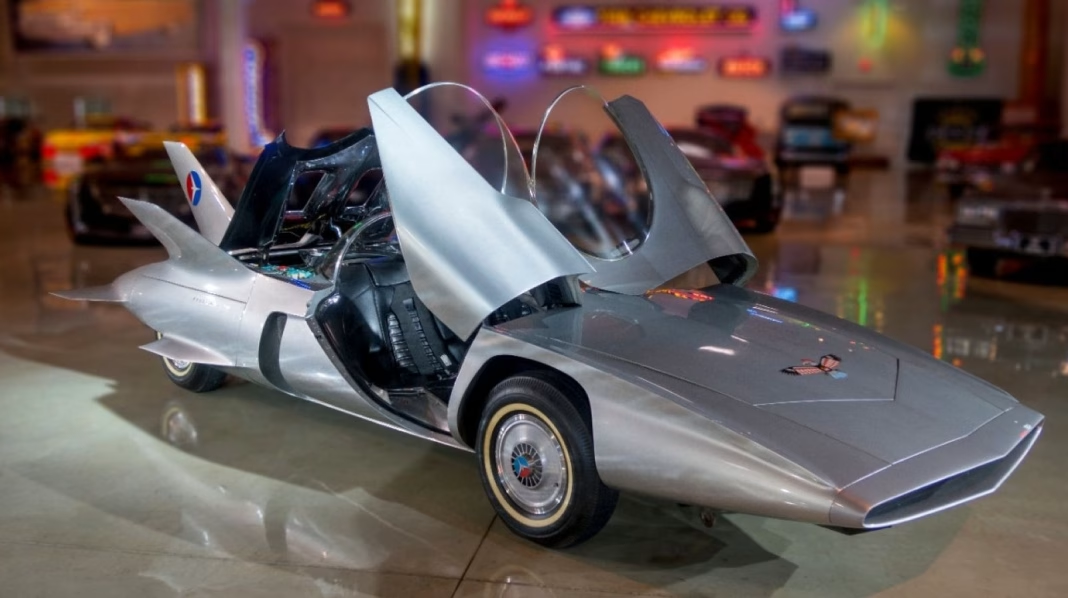Why Do People Keep Dreaming About Jet Engines in Cars?
There’s something undeniably thrilling about the idea of strapping a jet engine to a car. Maybe it’s the promise of mind-bending speed, or just the sheer audacity of it all. For decades, inventors, daredevils, and even a few automakers have flirted with the concept. But why does this wild idea keep resurfacing, even when history shows it’s rarely practical? Let’s dig into the fascination—and the reality—behind jet-powered cars.
Can a Jet Engine Really Make a Car Faster?
On paper, yes. Jet engines generate immense thrust, which can propel a vehicle to speeds that would make a Bugatti blush. Take the famous ThrustSSC, which broke the sound barrier in 1997, clocking over 763 mph. That’s not just fast—it’s record-shattering. But here’s the catch: ThrustSSC wasn’t a street car. It was a purpose-built, rocket-shaped land speed machine, designed for the salt flats, not city streets.
When you try to bolt a jet engine onto a regular car, things get complicated fast. Jet engines aren’t designed for stop-and-go traffic or tight corners. They’re happiest at high speeds, on long, straight runs. The result? While you might win a drag race, you’ll struggle to make a left turn at the next intersection.
What Are the Biggest Challenges of Jet-Powered Cars?
Let’s be honest—there’s a reason you don’t see jet cars at your local dealership. First, there’s the heat. Jet engines run incredibly hot, and managing that heat in a small car body is a nightmare. Then there’s the noise. We’re talking ear-splitting, window-rattling decibels that would make your neighbors hate you instantly.
Fuel efficiency is another dealbreaker. Jet engines guzzle fuel at a rate that makes even the thirstiest V8s look eco-friendly. According to a study by the U.S. Department of Energy, jet engines are far less efficient at low speeds compared to piston engines, burning through gallons of fuel in minutes rather than hours.
And don’t forget safety. Jet engines produce massive thrust, but they’re also unpredictable and difficult to control at low speeds. Braking and steering become real challenges, especially when you’re dealing with forces designed for aircraft, not asphalt.
Have Jet Cars Ever Worked in the Real World?
There have been a handful of attempts to bring jet-powered cars to life. The 1960s saw a flurry of experimental vehicles, like the Chrysler Turbine Car and the Rover-BRM, which even competed at Le Mans. These cars used turbine engines, which are similar to jets but more adaptable for road use.
The Chrysler Turbine Car, for example, could run on everything from diesel to tequila. It was smooth, quiet, and futuristic. But it never made it to mass production. Why? The engines were expensive, tricky to maintain, and didn’t offer enough real-world benefits over traditional engines. Plus, emissions standards and fuel crises of the 1970s sealed their fate.
What About Jet Cars in Pop Culture and Motorsports?
Jet cars have always had a place in the spotlight. Think of the Batmobile, or the rocket-powered dragsters that light up the quarter-mile at airshows. These vehicles are pure spectacle—loud, fast, and built for show, not daily commutes.
In motorsports, jet dragsters are a crowd favorite. They can cover a quarter-mile in under six seconds, trailing a wall of fire and smoke. But even here, they’re a niche attraction, not a practical racing platform. The National Hot Rod Association (NHRA) keeps jet cars as exhibition vehicles, not serious competitors.
Are There Any Modern Innovations That Could Change the Game?
With advances in materials, aerodynamics, and hybrid technology, some engineers are revisiting the idea of turbine or jet-assisted cars. For instance, Formula 1 teams have experimented with energy recovery systems that use turbine-like components to harvest waste heat. But these are a far cry from the full-blown jet engines of old.
Electric vehicles, with their instant torque and high efficiency, have largely taken over the role of “future speed machines.” They offer blistering acceleration without the noise, heat, or fuel consumption of a jet engine. According to the International Energy Agency, EVs are now outselling traditional sports cars in many markets, signaling a shift in what we consider cutting-edge performance.
What’s the Real Appeal—And What Should You Take Away?
At the end of the day, jet engines in cars capture our imagination because they represent the ultimate in speed and rebellion. They’re about pushing boundaries, even if the practicalities don’t add up. Sure, you probably won’t see a jet-powered sedan in your driveway anytime soon. But the dream persists, fueled by our love of innovation and a little bit of madness.
The big takeaway? Chasing the jet car fantasy isn’t about perfection—it’s about smarter adjustments. Start with one change this week, and you’ll likely spot the difference by month’s end. Whether it’s tweaking your ride for better performance or just letting yourself dream a little bigger, sometimes the journey is just as thrilling as the destination.


